|
Guest Author:
Jim Rungee
|
|
|
 |
| Jim Rungee
|
|
I just
happened across your Memphis History website. My wife is
from Memphis and we met while I was in medical school there
1981-1985. We married in 1986.
I am a
fervent family historian, and have collected and reconstructed much
from both ides of our families. One of
those projects was the history of a home on Central Avenue.
I came across your site while researching another aspect of my
wife's family during the 1920s. It looks to be a perfect place
to park my article, if you agree.
Jim
Rungee
Murfreesboro TN |
|
|
|
|
|
|
|
|
Click on small
photos to see an enlargement |
|
|
|
|
|
|
1484 Central Avenue |
 |
|
|
|
|
|
|
|
|
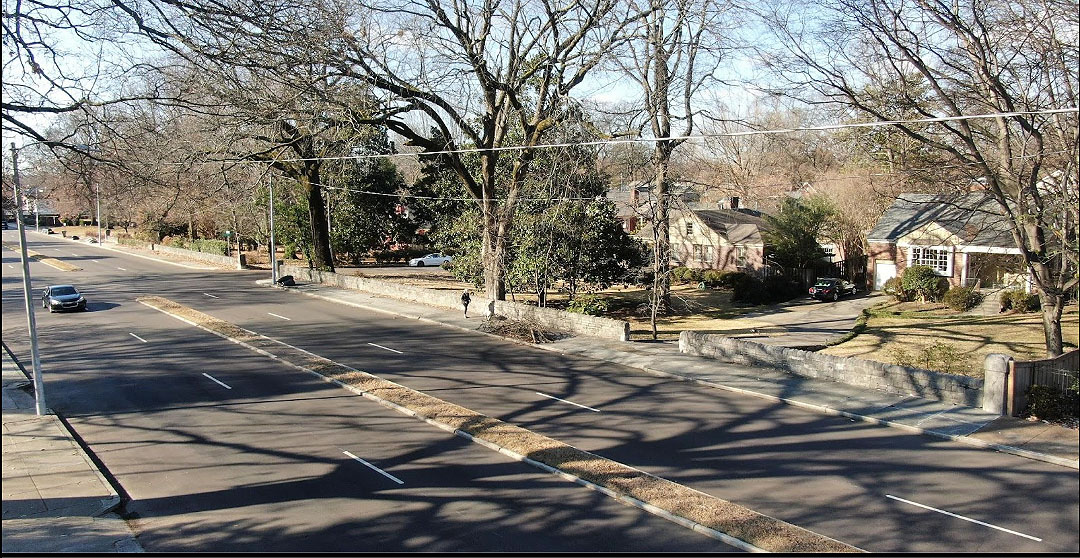 |
|
|
|
Quietly sitting on the
north side of the far west end of Central Avenue in midtown Memphis
is a small unassuming 4-foot-high stone wall, less frequently
noticed than acknowledged. It spans approximately 400 feet,
and fronts the 5 homes from 1476 to 1510 Central Avenue. Two
pillars in its middle frame the entrance onto Rosemary Lane and the
Central Gardens neighborhood. Pillars at each end mark what
formerly were the east and west front-yard corners of a long
forgotten but once grand home at
1484 Central Avenue,
and for which Rosemary Lane served as its driveway. |
|
|
|
|
|
|
|
|
|
Captain James Monroe Goodbar |
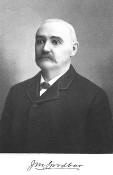 |
| |
|
|
|
|
|
|
 |
The
original home at
1484 Central was built in 1902 by Captain James
Monroe Goodbar. Born in 1839 in Overton County, Tennessee,
his father was in merchandise sales. Goodbar intended to
follow in his father's shoes and moved to Nashville in 1859,
where he clerked for a merchandising firm. After a year,
he moved to Memphis with the owner and his son, and with them,
opened a wholesale boot and shoe business. In 1862, he
entered the confederate army as a lieutenant with the 4th
Tennessee Calvalry Regiment. He fought in many of the
Tennessee and Kentucky battles, ultimately being promoted to
Captain. After his unit surrendered in Georgia at the end
of the war, he returned to Memphis. |
|
1484 Central
Avenue |
|
|
|
|
|
He picked back up
where he had left off with his shoe company, eventually growing
it into a $600,000.00 year business, one of the largest of its
kind in the south. |
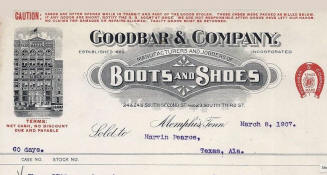 |
| |
Goodbar and
Company Billhead |
|
|
|
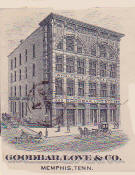 |
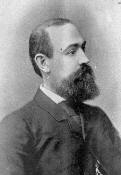 |
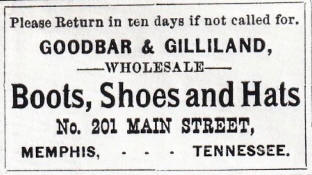 |
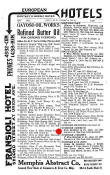 |
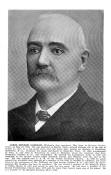 |
| Goodbar bldg
1890 |
Goodbar |
Goodbar ad |
1919 Directory |
Goodbar |
|
|
|
|
|
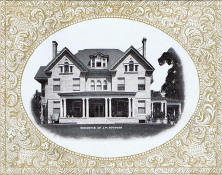 |
In about 1901, he
set off to build a luxurious home in Memphis. He sold
his home at 312 Vance in 1902 for $10,000.00 but retained
possession of it until September. When asked by The
Commercial Appeal about his plans to build a new home, he
was evasive. But he was clearly living in the home in
1903. A 3-storied mansion, with a stately exterior of
white stone and a tile roof. It was set 300 feet back
off of Central Avenue on a small rise. The original lot
was probably about 10 acres, between the current Central and
Harbert Avenues. The home was such a grandiose nature
that it was included in a 1904 Memphis souvenir Photographic
book entitled "Memories of Memphis Tennessee." |
|
Memories of Memphis Tennessee |
|
|
|
|
|
|
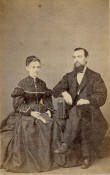 |
The Goodbars lived in the home until his death in 1920.
During their 18-year tenure there, parts of the original lot
look to have been sold off, as the homes that remain on the
southern side of Goodbar Avenue (named for and even possibly
by him) were all built before Captain Goodbar's death
by 1920. |
| Mary
& James Goodbar |
|
|
|
|
|
|
|
|
|
|
|
|
|
|
|
|
|
John Joseph "Joe" Wade |
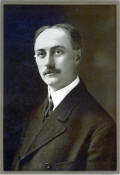 |
| |
John Joseph
Wade |
|
|
|
|
|
|
John "Johnny" Wade, the father of Joseph, had come to Memphis with
his wife and 6 children from Madison, Indiana sometime between 1886
and 1890. In 1892, he established John Wade & Sons,
which, over 30 years, would become one of the south's largest feed,
grain and flour business. One of Johnny's 5 sons (George
Edward) passes away in 1912, leaving a young wife and 3 small
children, who Johnny supported with an allowance, and a trust for
the children. Johnny Wade himself died suddenly in April 13,
1919, leaving the grain business to his 4 surviving sons. When
James Goodbar died in 1920 (a year after Johnny's death), John
Joseph "Joe" Wade, Johnny's 2nd son, purchased his home for
$50,000.00. Joe, his wife and their 6 children moved into the
home in February 1921.
|
|
|
|
|
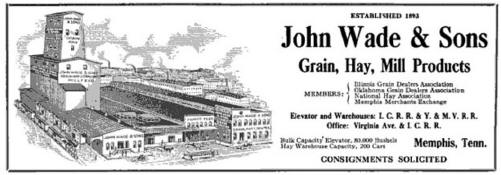 |
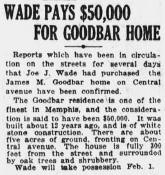 |
|
John Wade & Sons Ad 1892 |
Wade buys Home |
|
|
|
|
|
|
The Home |
|
|
|
|
|
At that point, the
original lot had been reduced to about 5 acres, mostly by the
development of Goodbar Avenue. Besides the home, on the
grounds were a servant's house, a garage/stable, and a barn in which
livestock was kept. |
|
|
|
|
|
Joe Wade's youngest child, Mary Ann "Mimi" Wade, born
in 1913, turned 8 years old just as the Wades moved into the house.
She recorded this memory of her home: |
|
|
|
|
|
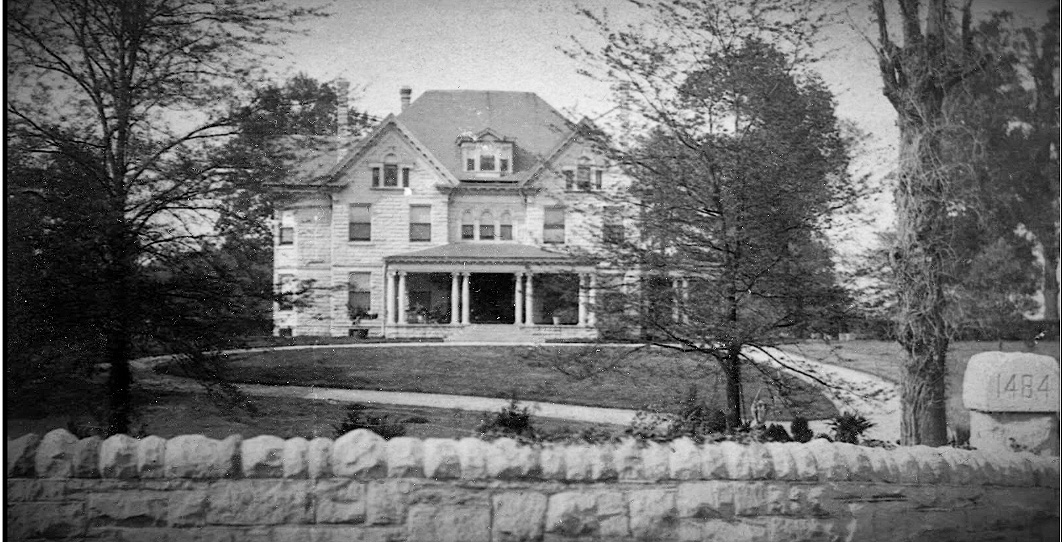 |
|
The home as it
appeared when the Wade family lived in it. Note that the front
driveway was what is currently Park Avenue. |
|
|
|
|
|
I would estimate the
floor space as between 6500 and 8000 square feet. From its
entry through the stone gate on Central, the driveway rose to a
circle at the front entrance. Across the south side was a wide
porch and the front entry. On the east side there was a screen
porch and side entry with a porte-cochere through which the driveway
passed to the rear of the house. Built entirely of stone, it
had a full basement in which there was a wine cellar, a laundry, and
a coal fired furnace that heated water for the central heating
system. The entry hall was floored in marble and contained a
grand staircase that squarely faced the front door. The stairs
rose straight up and then split left and right to a balcony that ran
around both sides of the entry hall back to just above the front
door. From there the stairs rose to the third floor, thus
making the ceiling of the entry all three stories above the floor.
On the front side of the house were a parlor, living room, and a
dining room. There was a bedroom with an attached bath that
was used as a guest room rather than a master bedroom. In the
rear was the kitchen with both a gas and wood stove, as well as a
combination scullery and butler's pantry situated between the kitchen
and dining room. |
|
|
|
The second floor had
four bedrooms, each with its own dressing room. There were
only two bathrooms. The girls shared a bath with the twins
while Joe and Clark shared with their parents. |
|
|
|
On the third floor there
was another bedroom but no bath. Also on the third floor was a
billiard room which was the unofficial headquarters for the boys of
the B2OP [NB - a social fraternity]. The attic was entirely
floored and furnished.
* |
|
|
|
*
Harvesting Memories Grant Wade . Memphis,
Tennessee |
|
|
|
Despite central heat and a fireplace in every room,
the house was always cold and damp in the winter, a condition which
must have been aggravated by 13 foot ceilings. Mimi recalled
her parents remarking on the high cost of coal to fire the furnace;
perhaps the coldness was more a matter of financial problems than
physical design. For whatever reason, Mimi remembers everyone
wearing sweater and woolens in the winter. The house was
comfortable (before air-conditioning) during the long hot summers. |
|
|
|
|
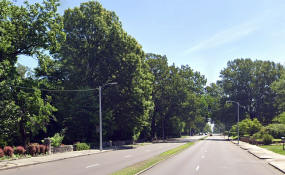 |
 |
 |
 |
| 1484 Central
Ave today |
Family
Business Ad |
Joe's wife
Katherine |
Joe's Obit |
|
|
|
|
|
|
It
is thought that Wade and Sons as a business was beginning to falter
as early as 1917*.
But over the ensuing 10 years things accelerated. Why that was
happening is unclear - it could have been the loss of the
patriarch's business acumen at his passing - within a year of
Johnny's 1919 death, the company announced that it was expanding
into the wholesale grocery business, which looks to have been
abandoned after a year. |
|
|
|
*
Harvesting Memories Grant Wade . Memphis,
Tennessee |
|
|
|
In
February 1919, 2 months before Johnny Wade's death, Wade and Sons
was charged in federal court with violations of the Food and Drugs
Act, which they would settle and pay a $25.00 fine for 2 months
later, and 10 days before Johnny's death. It could have been a
consequence of a transitioning economy from animal to fossil fuel
power, and a less reliance on grain. It could have been
non-business distractions - in December, 1920, one son (Thomas)
would begin what would become a multi-year highly publicized and
costly divorce process; another son (Mark) was chronically ill,
succumbing to his poor health in 1925; in 1926, George's surviving
spouse sued John Wade & Sons for $30,000.00 which she says
was owed for her children's trust that had been squandered by the 3
surviving brothers. Thomas died in 1927, leaving only Joseph
and brother Eugene Michael to run the company |
|
|
|
|
|
So, in August, 1929, 2 months before the stock market crash and
official start of the Great Depression, John Wade & Sons
abruptly announced it was closing its doors and liquidating its
assets. |
|
|
|
|
|
The Great Depression |
|
|
|
The Joseph Wade family continued to live in the house until
mid-1935. Joe opened an insurance company, "Joseph Wade & Son"
in 1933. He declined to become the Tennessee State Feed,
Grain and Fertilizer Inspector when the state refused to provide
him a chauffeur, as he did not drive. |
|
|
|
|
|
The circumstances are unclear as to how and why the Wades came to
leave the home. Living family members recall hearing that the
Wades took people in who were homeless as a consequence of the
Great Depression. There is conjecture that no one could
afford to purchase the home because of the financial depression, so
the bank allowed the Wades to continue living in the home in lieu of
foreclosure, until it could be sold. |
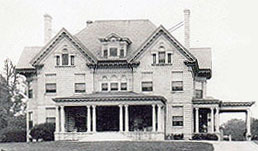 |
| |
1484 |
|
|
|
|
|
|
After the Wades left the home in 1935, it was advertised as an
apartment building in the classified section of the Commercial
Appeal as "The Chateau". This continued from 1935 -1939, until
a final classified article in December 1939 notes that the home is
being demolished, and that the salvaged stone, lumber and stained
glass are for sale. |
|
|
|
|
|
 |
| |
| |
|
An astute observer will note that where the most western
corner of the wall ends, the wall covers only part of the front
yard at 1476 Central. This is because the Wade lot and the
adjacent land west to Fairfield Avenue were purchased by Herman
Gruber who re-platted and developed them into a neighborhood
known then as Central Park. The resultant lot at
1476 Central is made up partly by the Wade home's original lot,
and the rest by the added-on property. |
|
|
| |
|
The new subdivision
would initially contain 15 homes, the first of which was sold in
1939 at 1476 Central, and the second at 689 Rosemary Lane.
The neighborhood would ultimately contain the 28 homes that
remain to this day, now known as Central Gardens. |
| |
| |
|
 |
|
Maury Wade, Jr, grandson of John Joseph Wade, next to the
wall on Central Avenue. |
|
|
|
|
|
|
|
|
|
|
 |
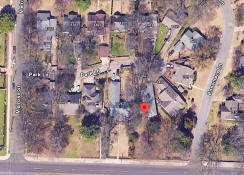 |
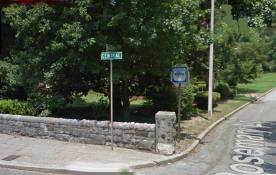 |
 |
|
Central Gardens |
Aerial
View |
Central-Rosemary |
Central Gardens |
|
|
|
|
|
|
|
|
The
four Memphis directories below verify the Wade's Business listings
and addresses. |
|
|
|
|
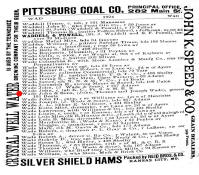 |
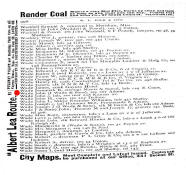 |
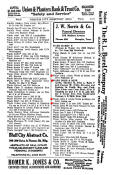 |
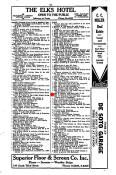 |
|
1892 Directory |
1892
Directory |
1919 Directory |
1930 Directory |
|
|
|
|
|
|
|
|
Credits |
|
|
|
Thanks to Jim Rungee of
Murfreesboro, Tennessee for "guest-authoring" this page. |
|
|
|
The
Historic-Memphis website does not intentionally post copyrighted
photos and material without permission or credit.
On
occasion a "non-credited" photo might possibly be posted because we
were unable to find a name to give credit. Because of the nature of
our non-commercial, non-profit, educational website, we strongly
believe that these photos would be considered "Fair Use. We have
certainly made no monetary gain, although those using this website
for historic or Genealogy research have certainly profited. If by
chance,
we have posted your copyrighted photo, please contact us, and we'll
remove it immediately, or we'll add your credit if that's your
choice. In the past, we have found that many photographers
volunteer to have their works included on these pages and we'll
also do that if you contact us with a photo that fits a particular
page. |
|
|
|
The "Historic-Memphis" website would like to acknowledge and thank the
following for their contributions which helped make this website
possible:
Memphis
Public Library, Memphis University Library, Memphis Law Library,
Memphis Commercial Appeal, Memphis Press Scimitar, Shelby County
Register of Deeds, Memphis City Schools, Memphis Business Men's
Club, Memphis Chamber of Commerce, Memphis City Park Commission,
Memphis Film Commission, Carnival Memphis, Memphis Historical
Railroad Page, Memphis Heritage Inc, Beale Street Historic District,
Cobblestone Historic District, Memphis Historic Districts, Vance
Lauderdale Family Archives, Tennessee State Archives, Library of
Congress, Kemmons Wilson Family, Richard S. Brashier, Lee Askew,
George Whitworth, Woody Savage and many individuals whose assistance is
acknowledged on the pages of their contributions. Special
thanks to Memphis Realtor, Joe Spake, for giving us carte blanche
access to his outstanding collection of contemporary Memphis photos.
We do not have high definition copies of the photos on these
pages. If anyone wishes to secure high definition photos,
you'll have to contact the photographer or the collector.
(To avoid any possibility of contributing to SPAM, we do not
maintain a file of email addresses for anyone who contacts us). |
|
|
|
|
|
|
|
|
|
|
|
|
|
|
|
|
|
|
|
|
|
| |
|
|
|